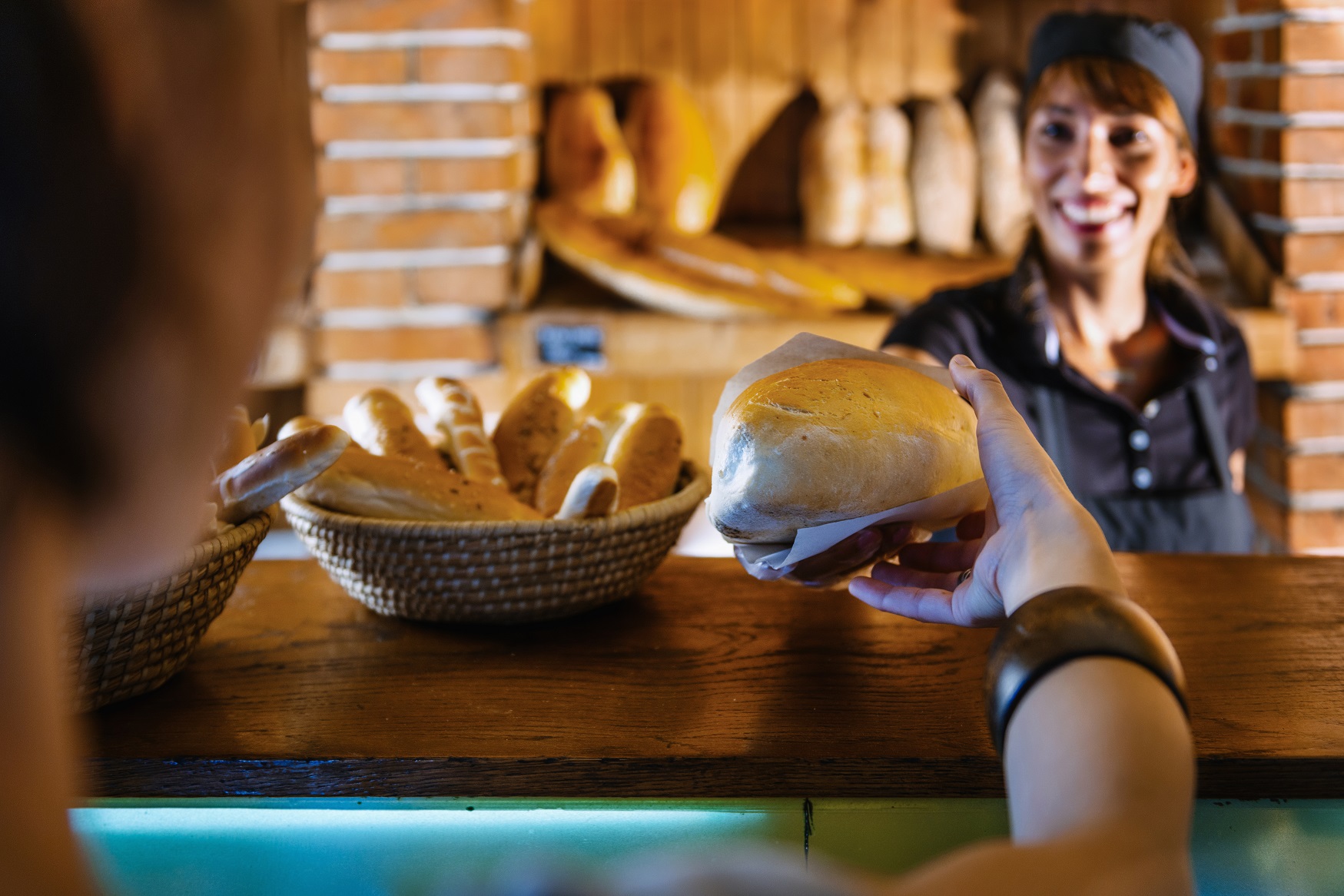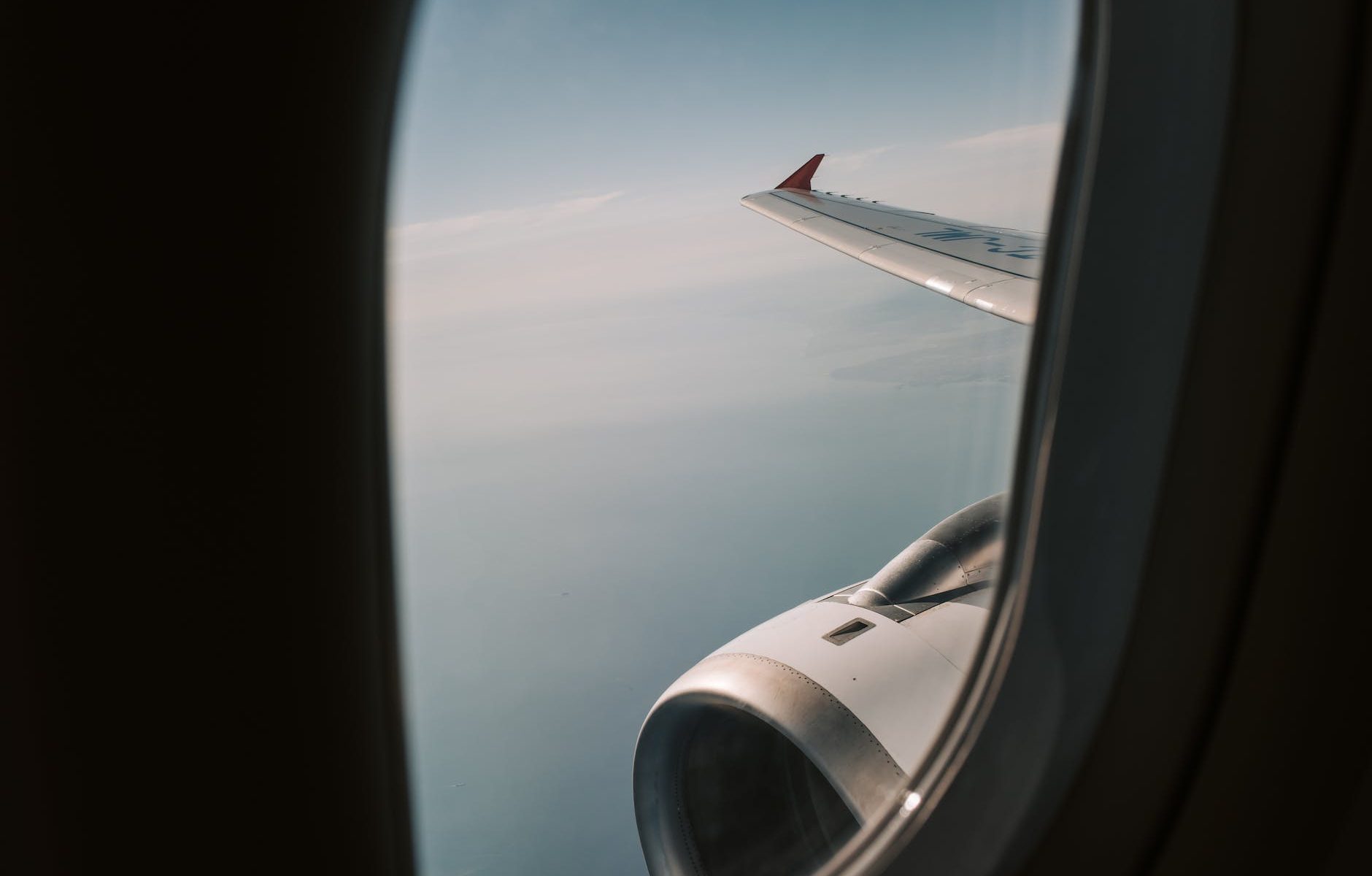Airline loyalty programs have become a ubiquitous feature of the aviation industry globally. Most airlines, even the budget carriers, offer loyal travelers a range of benefits, from earning miles towards future flights, to access to airport lounges and priority boarding and seat selection.
But where did it all start? Which airlines were the first to introduce loyalty programs, and how have they evolved since then?
British Overseas Airways Corporation (BOAC), which operated from 1940 to 1974, did not have a formal loyalty program as we know them today. However, the airline did offer various incentives to its frequent flyers and regular customers.
For example, BOAC’s “Comet Club” was a social organization for the airline’s most loyal passengers, which offered exclusive access to special events, promotions, and personalized service. Additionally, BOAC provided perks such as preferential seating and priority boarding to its regular customers.
Concorde, the supersonic jet operated by British Airways and Air France, did not have a formal loyalty program. However, the airlines did offer various incentives to their most loyal customers to encourage repeat business and maintain customer loyalty.
For example, British Airways Concorde Room at London Heathrow airport was an exclusive lounge for Concorde passengers and elite frequent flyers. The lounge offered a luxurious experience with personalized service, fine dining, and other amenities.
Additionally, both British Airways and Air France provided special benefits to their top-tier frequent flyer members, such as priority boarding and access to premium lounges. While these perks were not specific to Concorde travel, they may have been particularly appealing to customers who frequently flew on the supersonic jet.
It’s worth noting that the concept of modern loyalty programs, with their points-based reward systems and other features, did not become widespread until the 1980s and 1990s when American Airlines introduced AAdvantage, the first frequent flyer program.
This was a groundbreaking innovation, offering customers the opportunity to earn miles towards free flights based on the distance they flew. The program was an immediate success, and other airlines quickly followed suit, with Delta introducing its SkyMiles program in 1981, and United launching MileagePlus in 1983.
Air Canada Aeroplan: Air Canada launched its Aeroplan loyalty program in 1984, making it one of the first airline loyalty programs in the world. The program offers rewards for flights with Air Canada and its partners, as well as for purchases made with Aeroplan’s partners.
British Airways Executive Club: British Airways launched its Executive Club loyalty program in 1985. The program offers rewards for flights with British Airways and its partners, as well as for purchases made with the program’s partners.
Qantas Frequent Flyer: Qantas, Australia’s national airline, launched its Frequent Flyer loyalty program in 1987. The program offers rewards for flights with Qantas and its partners, as well as for purchases made with the program’s partners.
Air France-KLM Flying Blue: Air France and KLM merged in 2004 and launched their joint loyalty program, Flying Blue, in 2005. The program offers rewards for flights with Air France, KLM, and their partners, as well as for purchases made with the program’s partners.
Lufthansa Miles & More: Lufthansa, Germany’s national airline, launched the Miles & More loyalty program in 1993. The program offers rewards for flights with Lufthansa and its partners, as well as for purchases made with the program’s partners.
Pan American World Airways (Pan Am) also had a loyalty program called Pan Am WorldPass. It was also launched in the early 1980s and allowed members to earn points for flights on Pan Am and its partner airlines. Members could redeem their points for free flights, upgrades, and other rewards.
These early loyalty programs were relatively simple, offering customers the opportunity to earn miles towards free flights, with additional benefits such as access to airport lounges and priority boarding added later. However, as the airline industry became more competitive, loyalty programs became increasingly sophisticated, offering a wider range of benefits and rewards to customers.
Today, airline loyalty programs are complex systems, with multiple tiers and a range of benefits designed to incentivize customers to fly more frequently and spend more money with the airline. These benefits can include free flights, upgrades, lounge access, priority check-in and boarding, bonus miles, and discounts on hotel bookings, car rentals, and other travel-related services.
One of the most significant developments in airline loyalty programs in recent years has been the growth of the internet and the rise of travel aggregators such as Expedia, Kayak, and Skyscanner. These platforms allow customers to compare prices and book flights from multiple airlines, making it easier than ever to find the cheapest flights.
This has presented a challenge for airlines, as they have had to find ways to compete with these platforms and maintain customer loyalty in a highly competitive market. One way they have done this is by partnering with travel aggregators, allowing customers to earn loyalty points when booking flights through these platforms.
Another approach has been to make loyalty programs more flexible and transparent, allowing customers to earn and redeem points across a wider range of airlines and travel partners. For example, many airlines now offer co-branded credit cards that allow customers to earn points towards flights and other rewards when making purchases outside of travel.
Some airlines have even gone further, offering loyalty programs that are not tied to flights at all. For example, Air France-KLM’s Flying Blue program allows members to earn points through a range of activities, including hotel stays, car rentals, and dining.
However, while airlines have been successful in adapting their loyalty programs to the changing market, travel aggregators continue to pose a threat to these programs allowing customers to compare prices and book flights from multiple airlines, these platforms make it easier for customers to find the cheapest flights, regardless of loyalty programs.
To counter this threat, airlines have had to find ways to make their loyalty programs more attractive to customers. This has included offering more personalized rewards and benefits, such as free flights and upgrades based on individual travel patterns and preferences.
Airlines also leverage the power of social media, with many airlines offering special promotions and rewards to customers who engage with their brand on platforms such as Facebook and Twitter.
By analyzing customer data, airlines can gain insights into customer behavior, preferences, and purchasing habits. This data can be used to personalize offers and rewards to customers, which can help to increase loyalty and encourage repeat business. For example, if an airline knows that a customer frequently travels to a particular destination for business, they may offer that customer bonus points for booking a flight to that destination.
Customer data can also be used to identify trends and patterns in customer behavior, which can inform marketing and business decisions. For example, if an airline notices that a large number of customers are booking flights to a particular destination during a certain time of year, they may adjust their pricing or schedule to better serve that demand.
Overall, customer data is critical to airline loyalty programs because it allows airlines to better understand and serve their customers, which can lead to increased loyalty and revenue.
If your business believes a loyalty program will help with growing your customer relationship then you’ll need a good source for customer data – Pretectum CMDM can help with your customer master data management needs. Contact us to learn more.


